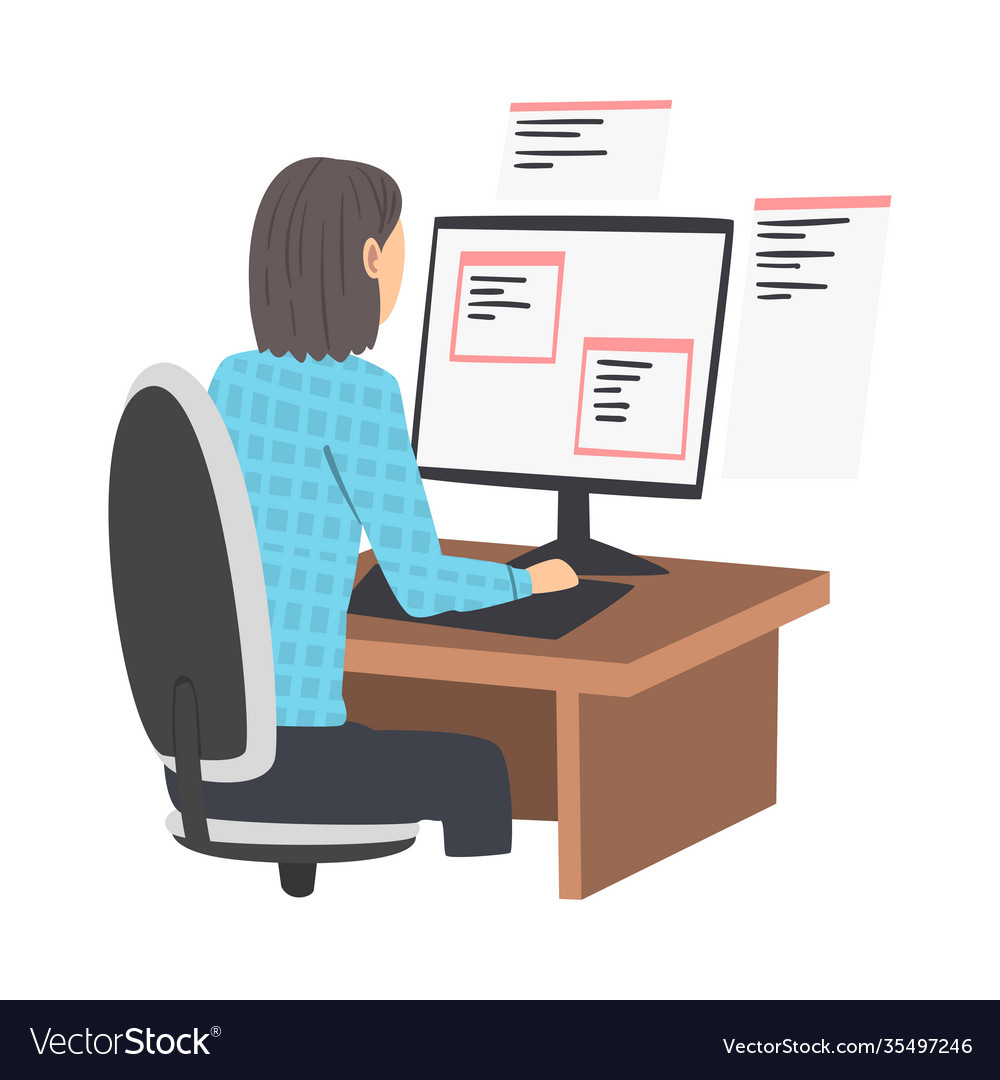Hire Dedicated Developers for Your Following Big Project with Confidence
Wiki Article
Dedicated Developers vs. In-House Teams: Which Is Right for You?
The decision between utilizing committed programmers and maintaining an internal group is a significant one that can influence the trajectory of your tasks and total company strategy. On the other hand, internal teams contribute to a cohesive firm culture and a nuanced understanding of long-lasting objectives.Understanding Committed Programmers
The growing need for specialized abilities in the technology sector has actually resulted in the introduction of committed developers as a sensible service for numerous companies. These specialists are commonly gotten on a project basis, enabling firms to utilize certain know-how without the long-term commitment related to full-time hires. Devoted developers are typically embedded within a client's group, supplying adaptability and scalability to meet job needs.This version permits companies to access a global skill pool, which is especially useful in a swiftly evolving technical landscape. Dedicated developers can be sourced from various geographical locations, making certain that companies can discover the appropriate ability established at affordable prices. They usually bring a wide range of experience and expertise, having actually functioned on varied jobs throughout various industries.
Additionally, devoted developers can focus specifically on the tasks handy, enhancing performance and effectiveness. They are equipped to incorporate flawlessly right into existing process, teaming up closely with internal teams to attain project goals. This strategy not only reduces the burden of employment and training but likewise allows companies to stay active, adjusting promptly to transforming market needs and technical innovations.
Advantages of In-House Teams

Additionally, in-house teams often tend to have a deeper understanding of the firm's objective, values, and goals. This placement can boost worker involvement and inspiration, as staff member really feel more attached to their work and the organization's success. Furthermore, having a committed in-house team permits for far better alignment of purposes and approaches, as these members are continually concentrated on the firm's priorities.
In-house teams likewise facilitate quicker decision-making processes, as they can react extra swiftly to modifications and difficulties. The established connections and experience with company protocols permit streamlined process and reduced miscommunication. Eventually, the combination of a cohesive culture, placement with business objectives, and effective interaction makes internal teams a beneficial possession for many companies, especially those looking to grow long-term development and innovation.
Price Factors To Consider
When evaluating cost considerations, both in-house groups and devoted developers present distinctive monetary effects for organizations. Involving committed designers typically includes a pay-per-project or hourly rate design, which can be cost-efficient for businesses with rising and fall task demands. This approach allows for flexibility in scaling resources up or down, guaranteeing that business just spend for the solutions they require.On the other hand, internal groups require fixed costs, including incomes, advantages, and overhead costs such as workplace area and equipment. While this design provides greater control and instant accessibility of sources, it might lead to greater long-term costs, specifically my site if the workload does not warrant a full time personnel.
Moreover, firms must think about the covert prices related to recruitment and training of in-house employees, which can further stress budget plans. Sometimes, the time and resources invested in taking care of an internal team can take away from the company's core organization purposes.

Job Management and Adaptability
Project monitoring and adaptability are essential elements that influence the choice in between committed programmers and in-house groups. Devoted developers typically supply a high degree of versatility, enabling companies to range sources up or down based on project demands. This agility can be especially helpful for services experiencing varying work or those seeking to innovate quickly. Devoted groups commonly have established procedures for taking care of tasks successfully, leveraging details approaches like Agile or Scrum, which assist in iterative progress and versatility.
Inevitably, the choice between in-house groups and devoted developers rests on the wanted degree of adaptability and the certain project management demands. Firms should evaluate their functional dynamics, job complexity, and source schedule to determine which option straightens best with their tactical goals.
Making the Right Option
Choosing the best advancement approach-- specialized developers or in-house teams-- requires a cautious analysis of numerous aspects that straighten with a firm's calculated objectives. software development staff augmentation. First, consider the nature of the project. Dedicated programmers may be extra ideal if it demands specialized skills or a fast scale-up. On the other hand, in-house groups can supply better connection and integration with existing personnel.Following, examine your spending plan. Devoted developers frequently offer a cost-efficient solution for short-term tasks, while in-house teams may sustain greater lasting expenditures due to incomes, advantages, and expenses prices. best app developers Assess the level of control and collaboration desired; in-house teams usually foster stronger communication and alignment with firm culture.
If prompt results are required, committed programmers can be onboarded quickly, whereas developing an internal group takes time for recruitment and training. If constant growth is crucial, investing in an in-house team might yield much better returns over time.
Conclusion
In conclusion, the choice between in-house groups and specialized developers pivots on task demands and business goals. Alternatively, in-house teams grow a cohesive society and much deeper positioning with lasting goals.The choice in between utilizing dedicated designers and preserving an in-house group is a considerable one that can impact the trajectory of your tasks and general company method.Project administration and versatility are important factors that influence the selection in between internal groups and specialized designers. offshore software development.In contrast, internal groups may succeed in maintaining a consistent task management framework due to their knowledge with the organization's society and lasting objectives. Devoted designers frequently present browse around this site a cost-efficient solution for temporary jobs, while in-house groups might sustain higher lasting costs due to wages, advantages, and overhead expenses.In final thought, the choice between dedicated programmers and in-house teams pivots on project needs and organizational purposes
Report this wiki page